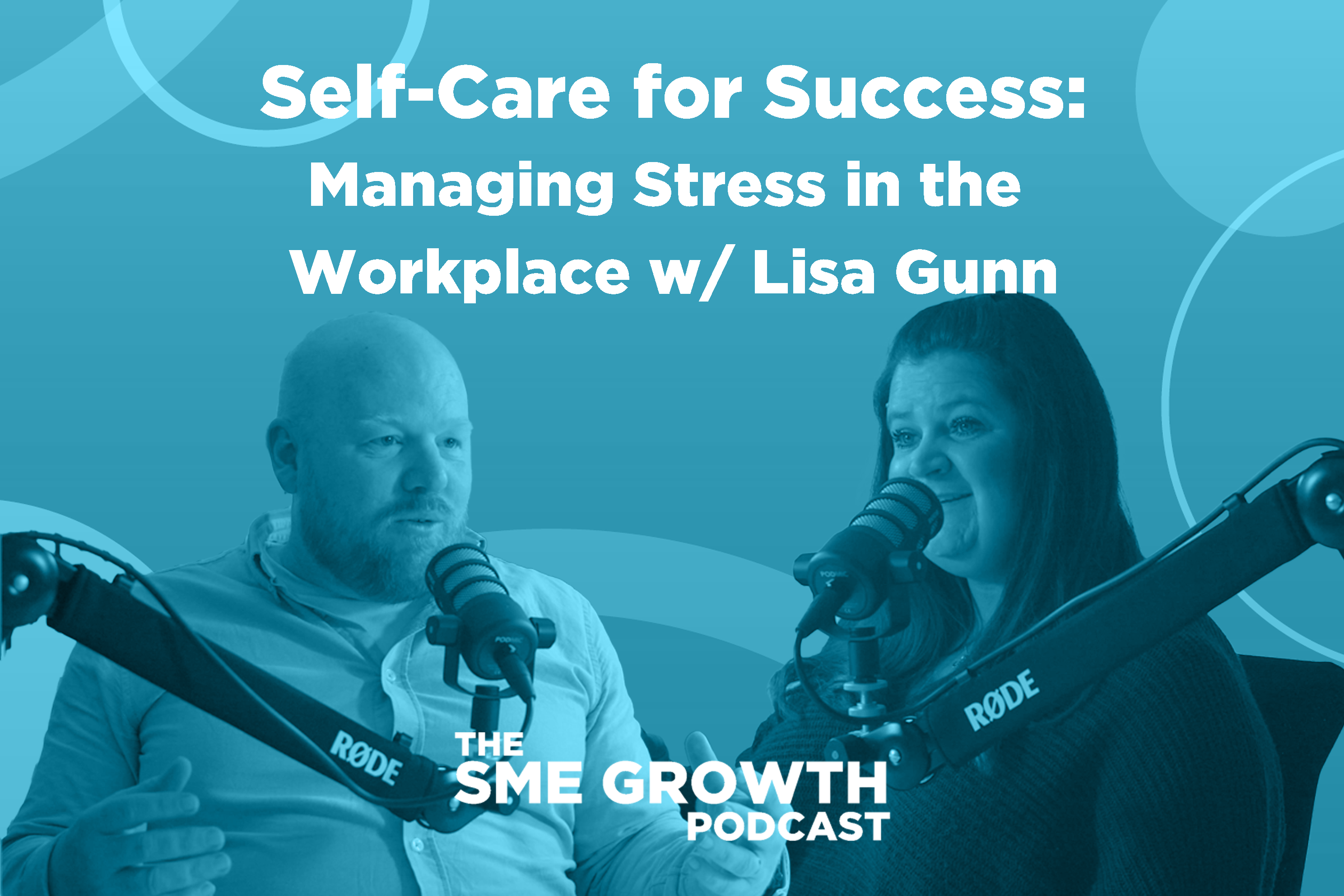Episode 30: Embracing Military Talent to Help Build your Team w/Richard Llewellyn-Bell
In this episode of The SME Growth Podcast, host Dave Parry is joined by guest Richard Llewellyn-Bell to discuss the current challenge of recruitment...
Wellmeadow supports ambitious companies with business growth enabled by HubSpot.
We've worked with over 100+ businesses at board-level across sectors such as automotive, manufacturing, healthcare, legal, SaaS, and professional services.

%20(A4).png?width=71&height=100&name=portrait%206-box%20model%20diagram%20(1170%20x%207051%20px)%20(A4).png)

-1.png?width=70&height=70&name=Square%20(1)-1.png)

All too often, we see scenarios of neglected employees at various stages of their careers. Some companies will put huge amounts of effort into their attraction and recruitment processes, only to fall at the first hurdle with a poor induction process. There are many similar examples of struggling employees abandoned to their own devices entirely once the induction process is complete.
The savvy employer is mindful of all stages of the employee life cycle and the importance of attention given to each employee, not only to your “rising stars”.
Our ASPIRE model, ATTRACT, SELECT, PREPARE, INSPIRE, RETAIN, EXIT, gives focus to each stage of the life cycle in order to assist employers in developing staff, holding on to top talent and improving engagement.
ATTRACT
Without giving consideration to the attraction stage of the cycle, companies can ignore the huge opportunities that are afforded to a company when recruiting. Many employers will hurry into a recruitment process as they are concerned about capacity when a vacancy arises, for whatever reason.
Rather than rushing to advertising, there is merit in considering the vision of the company and how this recruitment will contribute to achieving that vision. If you are making a replacement, re-evaluate the job description and the person specification; has anything changed? Who is the ideal person for that role now?
Take time to consider what you are trying to achieve with this piece of recruitment and who it is that you want on board. This should influence the messages that you use during the attraction process. Think about your employer brand when writing the advert. What is the perception that you would like people to have of you as an employer?
Don't be afraid to add some passion into the advert and be compelling!
SELECT
Without doubt, the most important issue in the selection process is to get the best person for the job. You should tailor your selection methods to suit your company’s needs, the role and the detailed person specification that you created during the attraction stage.
However, during that process, we highly recommend that employers do not forget to give attention to the candidate experience for all of those involved, no matter what stage they get to. In the days of social media, every applicant is a potentially highly-visible critic. Communicating in a professional, timely and respectful manner improves the chances of a positive review.
Taking steps to ensure a positive candidate experience in your recruitment process goes a long way to recruiting your top talent.
According to employer branding expert, Brett Minchington, “Focus on the experience and engagement will follow.”
PREPARE
According to The Wynhurst Group, new recruits taken through a structured on-boarding process are 58% more likely to be with a company after three years.
Induction and onboarding, done properly, serve several purposes. Firstly, they can create a positive experience for new recruits, making them more likely to engage with the company and their roles.
It's also a chance to reinforce the positive culture of your company and instil the values that are at the core of your firm.Behavioural expectations must be set at the beginning of a recruit's career with your firm. It's much easier and efficient to do this now than try to tackle unwanted behaviours later on in their career.
A successful onboarding process begins before the start date, goes beyond induction and includes a structured programme that assimilates your recruits in to your culture and your team, ensuring regular review meetings to benefit both employee and employer.
INSPIRE
Learning and development of employees is often an area neglected by employers yet research shows that investing in the career development of your employees can have a significant impact on employee engagement.
The starting blocks of learning and development are within the onboarding process and are formally recorded and reviewed via an appraisal / review programme. This ensures that there is a formal procedure for assessing skills regularly but this shouldn't limit the discussions held with staff or the types of training offered.
Not only will you engage more with your employees and ensure that they have the skills needed for your company to move forward but having a clear L&D programme can assist with succession planning and the achievement of your company goals.
RETAIN
It's quite likely that you're acutely aware of the costs of recruiting but holding on to talent can be challenging. Listening to your staff is key to ensuring that you are providing the correct reward and recognition, caring for their wellbeing by putting the right programmes in place, and assisting in the advancement of their careers in a manner that benefits the staff and the company.
Regular employee surveys are important and acting on them is crucial.
EXIT
Make the most out of the inevitable departure of staff by making their exit as professional and respectful as possible. Exiting employees can be your harshest critics but you can influence their story by providing a positive ending.
Take clear steps to transfer relevant knowledge from the exiting employee and conduct exit interviews to capture valuable insights that may influence and enhance your future processes.
Information gathered from an exit interview can be analysed to inform the process of recruiting a replacement, completing the employee lifecycle.

In this episode of The SME Growth Podcast, host Dave Parry is joined by guest Richard Llewellyn-Bell to discuss the current challenge of recruitment...

In the latest episode of the SME Growth Podcast, hosts Richard Buckle and Dave Parry discuss the fascinating topic of hype.

In this episode of The SME Growth Podcast, host Richard Buckle is joined by mental health professional Lisa Gunn discuss stress in the workplace as...